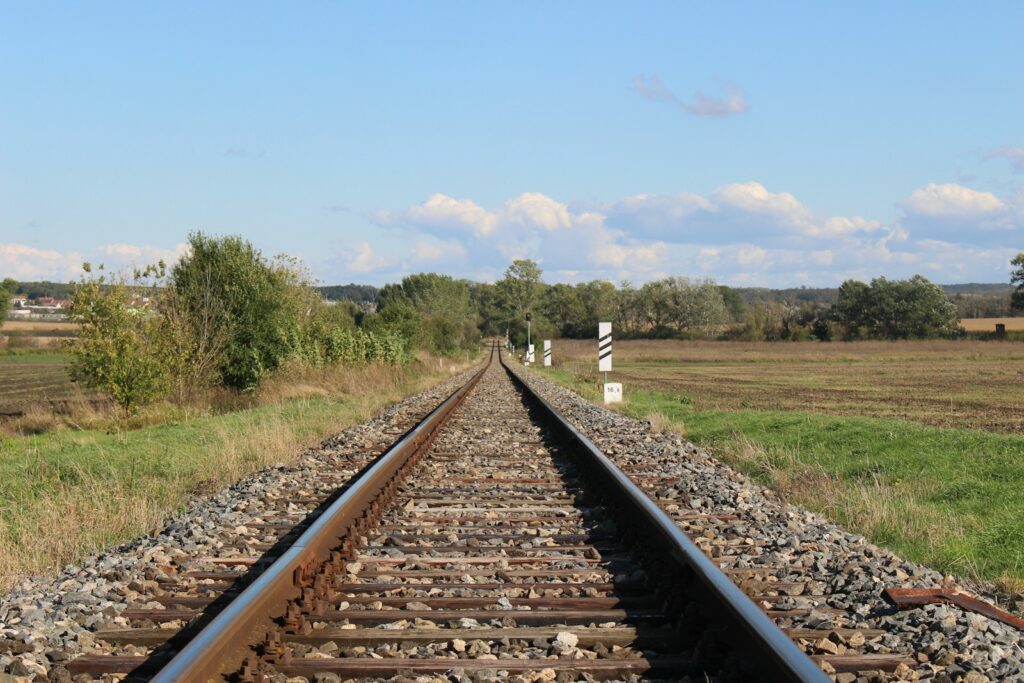
Ukrainian forces have reported a series of successful strikes against Russian railway logistics in recent weeks. These operations emphasize the vital importance of rail transport in maintaining Moscow’s military operations and expose critical vulnerabilities in its supply chains. The attacks coincide with Russia’s deployment of modernized armored trains—platforms largely absent from conflict zones since World War II—to bolster its forces, particularly in eastern Ukraine.
One notable strike, reported by Ukraine’s Southern Defense Forces over a recent weekend, resulted in severe damage to a Russian freight train convoy. According to official statements, the strike destroyed 13 tanks and more than 100 other armored and automotive vehicles that were being transported by rail. Ukrainian authorities characterized the outcome as a major setback for Russian front-line logistics.
Additional details of this operation were revealed by pro-Kremlin bloggers, who referred to the attack as “Operation Spiderweb 2.0.” Reports indicated that Ukrainian forces had concealed drones inside grain carriages attached to the train. At a critical point in the operation, the hatches of these grain containers opened, releasing a swarm of drones.
The initial wave of drones targeted the locomotive, forcing the train to slow down and come to a stop. Once the train was immobilized, the drones proceeded to strike the remaining carriages, destroying a significant portion of the military equipment without interference. According to Ukraine’s Southern Forces Command, the operation inflicted substantial material losses, including the destruction of 13 tanks, seven artillery systems, and 103 armored vehicles. Furthermore, railcars carrying an estimated 158,000 to 172,000 gallons of fuel were reportedly set on fire.
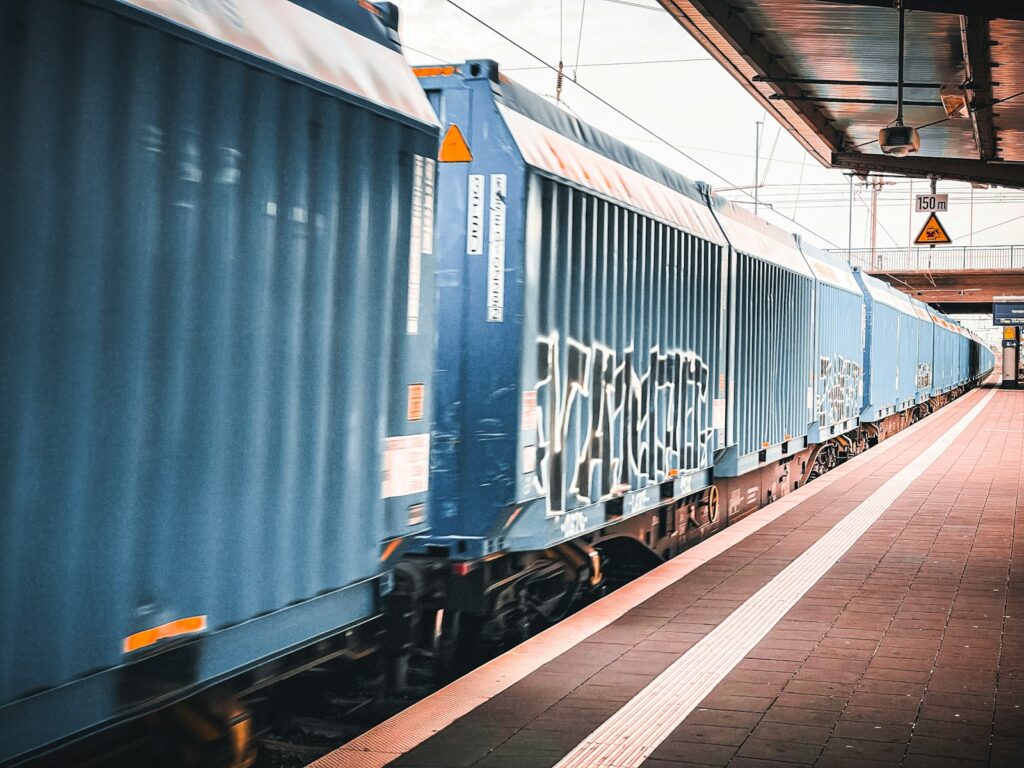
This successful interdiction aligns with recent remarks by Ukrainian President Volodymyr Zelenskyy, who stated that Ukraine will continue to expand its asymmetric capabilities to strike Russian supply lines. In an interview with ABC News, Zelenskyy noted that if necessary equipment from international partners remains insufficient, Ukraine will intensify efforts to disrupt Russian logistics through covert operations and precision strikes. “So we will then develop this direction,” he said.
In addition to this major operation, Ukrainian forces have conducted several other strikes targeting Russian railway infrastructure. In June 2025, Ukrainian troops successfully attacked a Russian fuel train in the Zaporizhzhia region, reportedly disrupting supply lines for several weeks. Ukrainian intelligence drones also targeted a Russian fuel train operating between Levadne and Molochansk, igniting 11 tank cars and causing significant delays in rail traffic.
Further incidents have involved collaboration between Ukrainian intelligence and the resistance movement. On July 1, this partnership disrupted Russian military logistics for the second time by attacking an enemy locomotive in the temporarily occupied territory of Zaporizhzhia. This action followed a previous operation carried out on June 26, in which Ukrainian resistance forces destroyed a railway line actively used by Russian forces for transporting military cargo. The damage from that explosion halted traffic on the route for over a week. Russian military personnel reportedly completed emergency repairs and restored the track on July 1. Shortly after rail operations resumed, a new explosion disabled a freight train, rendering the line inoperative again.
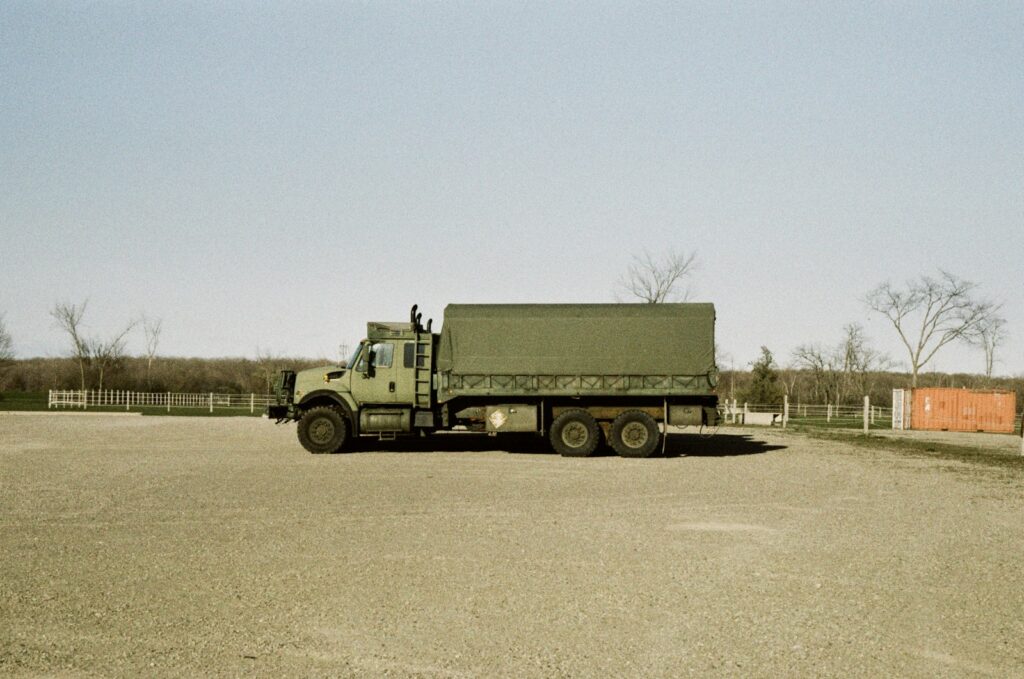
On May 24, in the temporarily occupied territory of the Zaporizhzhia region, Ukrainian forces conducted a successful strike operation against a Russian military echelon. According to the Defence Intelligence of the Ministry of Defence of Ukraine, a train carrying fuel was destroyed by precision strikes from unmanned aerial vehicles targeting the railway section between Verkhniy Tokmak, Molochansk, and Fedorivka.
These operations highlight the continuing vulnerability of Russia’s railway-based logistics network, a critical component of its military infrastructure used for transporting personnel, equipment, and supplies. In response, Russia has attempted to safeguard and maintain the functionality of this network, in part through the deployment of specialized assets such as the Yenisei armored train.
The Yenisei was featured in Russian state media on June 29, 2025, during a “combat coordination” exercise conducted under the command of Battlegroup Centre. It is described as a modernized armored train, representing a return to military tactics largely unseen since the Second World War.
According to Ukrainian sources, some components of the Yenisei were reportedly constructed using parts stolen from Ukrainian railways. This claim, if accurate, reflects the Kremlin’s adaptability under pressure, as well as the growing logistical challenges faced by Russia due to international sanctions and battlefield attrition.

According to Russian state media, the Yenisei armored train is designed to support front-line logistics, conduct battlefield reconnaissance, and carry out rail repair operations in conflict zones where conventional infrastructure is frequently under attack. The train features reinforced steel plating for protection, with specific wagons designated for transporting munitions, fuel, and spare parts. Other sections are reportedly equipped with command and communication systems, potentially incorporating thermal imaging and radar technologies.
The Yenisei is armed with a dual-barrel ZU-23-2 anti-aircraft gun capable of firing 2,000 rounds per minute against aerial targets. It also includes several Utyos 12.7mm heavy machine guns intended for defense against ground-based threats. Of particular note is the integration of a BMP-2 infantry fighting vehicle mounted on a flatbed car, providing a 30mm cannon and anti-tank missile launchers, thereby enhancing the train’s direct fire capability.
The deployment of armored trains has a long-standing tradition in Russian military history. These platforms were used extensively during the Russian Civil War (1917–1923) and World War II to transport troops and artillery across expansive and contested territories. Although the operational use of armored trains diminished after the Cold War, Russia reportedly retained a limited number for specialized missions.
The renewed deployment of armored trains such as the Yenisei is closely linked to the existing Soviet-era rail infrastructure in the Donbas region, which remains directly connected to the Russian railway network. This integration enables the efficient movement of personnel and materiel across the border, offering a key logistical advantage for Moscow. While Western military doctrines often emphasize air mobility, Russian operations continue to rely heavily on rail-based logistics, a dependence that functions both as a strategic asset and a critical point of vulnerability.

Despite the Yenisei’s modern capabilities, which combine logistics functions with reconnaissance and light combat roles, the platform faces significant limitations. Its reliance on fixed railway lines makes its movements predictable and susceptible to targeting. While its armor offers some protection against small arms fire and shrapnel, it remains highly vulnerable to modern precision-guided munitions and loitering drones—both of which have become key elements in the current conflict.
Ukrainian forces have demonstrated a consistent capability to strike railway infrastructure and slow-moving rail targets using platforms such as the Bayraktar TB-2 drone. Given the Yenisei’s dependence on fixed tracks, it is particularly exposed in open terrain, where Ukrainian drones and artillery are reported to maintain operational superiority.
Within Battlegroup Centre, the Yenisei is primarily tasked with mobile logistical support. It is used to transport ammunition, fuel, and spare parts to front-line units, enabling sustained pressure on Ukrainian defensive positions in sectors where road-based supply lines are frequently compromised. While its onboard weapon systems provide limited protection against low-altitude threats, they are not sufficient to counter advanced aerial or artillery strikes.
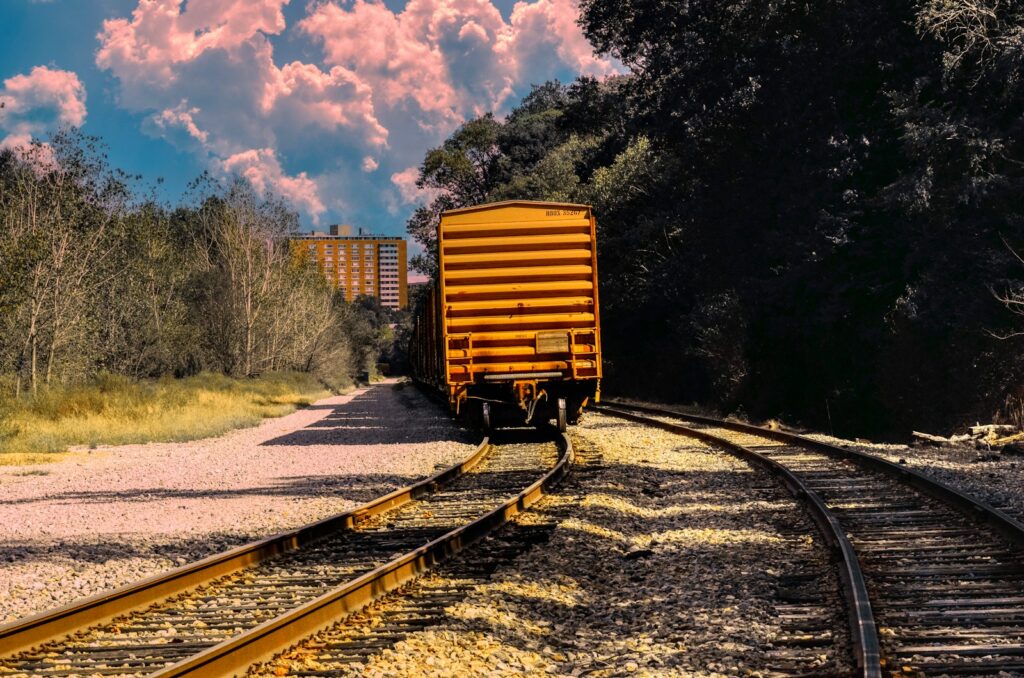
Russian state media reported that the Yenisei armored train plays a critical role in repairing damaged railway tracks, a task made essential by Ukraine’s ongoing strategy to disrupt rail networks. Protected by the train’s weapon systems, repair crews work to restore the lines with the aim of maintaining Moscow’s supply chain operations. This dual function as both a logistical platform and infrastructure defender makes the Yenisei a unique asset on the battlefield.
The deployment of the Yenisei within Battlegroup Centre forms part of a broader effort to coordinate logistics alongside combat operations. The reported “combat coordination” exercise sought to integrate the train with other units, including tanks, armored personnel carriers, and artillery systems. Operating in Donbas, Battlegroup Centre relies heavily on rail lines to transport heavy equipment such as T-90 tanks and 2S19 Msta-S howitzers to key fronts like Pokrovsk, where fighting has been intense.
By delivering supplies directly via rail, the train reduces reliance on road-based convoys, which are considered more vulnerable to ambushes and drone strikes. The BMP-2 infantry fighting vehicle mounted on the train provides fire support during logistics missions and is capable of engaging targets at distances up to 4,000 meters with its 30mm cannon.
However, the train’s operational flexibility is limited by its dependence on fixed rail routes, in contrast to more mobile platforms like Russia’s BMP-3 infantry fighting vehicles or Ukraine’s Western-supplied M2 Bradley vehicles. The exercise underscores Russia’s efforts to incorporate legacy systems into modern warfare while also highlighting the challenges posed by a battlefield increasingly dominated by drones and precision-guided weapons.
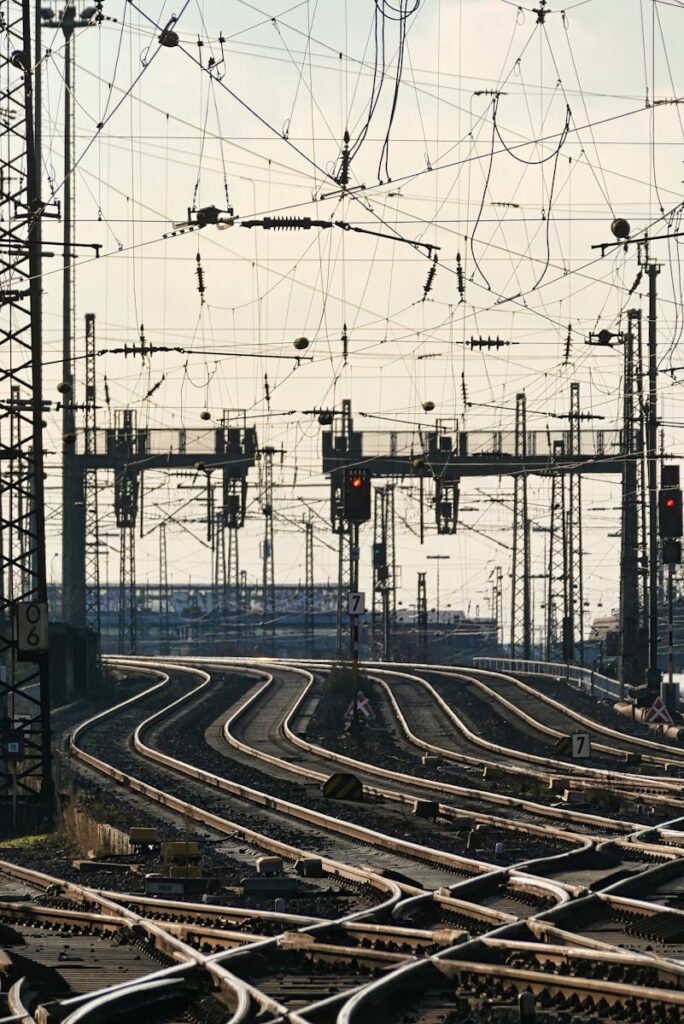
The geopolitical implications of Russia’s reliance on rail logistics in Donbas are substantial. Control over territory in the region is heavily dependent on maintaining operational supply lines, a capability enabled by the Soviet-era rail network. This logistical backbone allows Russia to transport large volumes of materiel efficiently, a capacity that Ukraine struggles to match due to damaged infrastructure and its dependence on Western aid.
Moscow’s strategic emphasis on rail logistics is partly a response to Western sanctions, which have restricted its access to advanced technologies, potentially forcing a reliance on older systems. This approach contrasts with NATO’s focus on rapid resupply through platforms such as the U.S. Air Force’s C-17 Globemaster III, which do not rely on fixed infrastructure.
The deployment of the Yenisei armored train also reflects broader technological trends within the Russian military. Confronted with losses of modern equipment such as tanks and aircraft, Russia has reportedly increased its use of low-cost, legacy platforms. Despite growing reliance on drones—with reports indicating Russia launched over 1,000 drones weekly by March 2025—its ground logistics remain tied to vulnerable rail lines. The train’s role in repairing tracks and escorting convoys may serve as a temporary measure to mitigate gaps in Russia’s ability to project power across unsecured terrain.
Ukraine’s logistics and countermeasures present a stark contrast. While Russia depends heavily on rail transport, Kyiv employs a combination of road transport, Western-supplied equipment, and extensive drone warfare aimed specifically at disrupting Russian supply lines. The effective use of Bayraktar TB-2 drones against Russian locomotives and armored vehicles highlights the vulnerability inherent in fixed rail targets.

Western support has significantly enhanced Ukraine’s capabilities, particularly in anti-drone and anti-armor systems. U.S.-supplied M1152A1 Humvees equipped with Advanced Precision Kill Weapon System II rockets and NATO-supplied Javelin missiles present significant threats to armored vehicles, including those operating on trains. Ukraine’s recent adoption of 5.56mm anti-drone ammunition further strengthens its ability to counter aerial threats, potentially including those targeted by the Yenisei’s ZU-23-2 guns.
Separate from the Yenisei’s role in Donbas, Russia is reportedly constructing a new railroad connection between occupied Crimea and southern Ukrainian territories for military purposes. This project is intended as an alternative to the Kerch Bridge and aims to secure supply lines, particularly towards Zaporizhzhia, Kherson, and Donetsk regions, reducing reliance on the Kerch Bridge, which has sustained damage from Ukrainian attacks.
Eskender Bariiev, Chairman of the Board of the Crimean Tatar Resource Center, stated in an interview that this railway corridor is primarily designed for military logistics, facilitating the transport of military equipment, ammunition, and personnel. He emphasized the corridor’s critical importance in the event the Kerch Bridge were destroyed, making land connections essential.
The occupation authorities are reportedly employing protective measures for the new railway infrastructure, including the use of stretched fishing nets designed to stop or shoot down Ukrainian drones. According to Eskender Bariiev, such methods are already in use to protect freight cars, and these systems are continually improved to reduce the vulnerability of rail traffic. He emphasized that this construction forms part of Russia’s broader strategy to consolidate control over occupied territories and integrate them into Russia’s logistics and economic framework.
Ukrainian intelligence has also conducted operations targeting rear-area logistics beyond rail convoys. Operators from Ukraine’s 14th Separate UAV Regiment carried out a strike in the Donetsk region, reportedly destroying a rare REM-KL armored recovery vehicle and a self-propelled artillery system concealed among civilian infrastructure. The loss of support assets like the REM-KL can significantly impact logistical and technical operations by limiting the ability to recover damaged equipment.
Additionally, on June 26, drones operated by the Defense Intelligence of Ukraine struck a critical logistics facility in Bryansk, Russia, targeting fuel depots and a missile propellant storage site. This strike, confirmed by a source within Ukrainian intelligence to Ukrainska Pravda, hit the 1061st Center for Material and Technical Support of the Armed Forces of Russia, which reportedly stores valuable and vulnerable missile fuel materials.
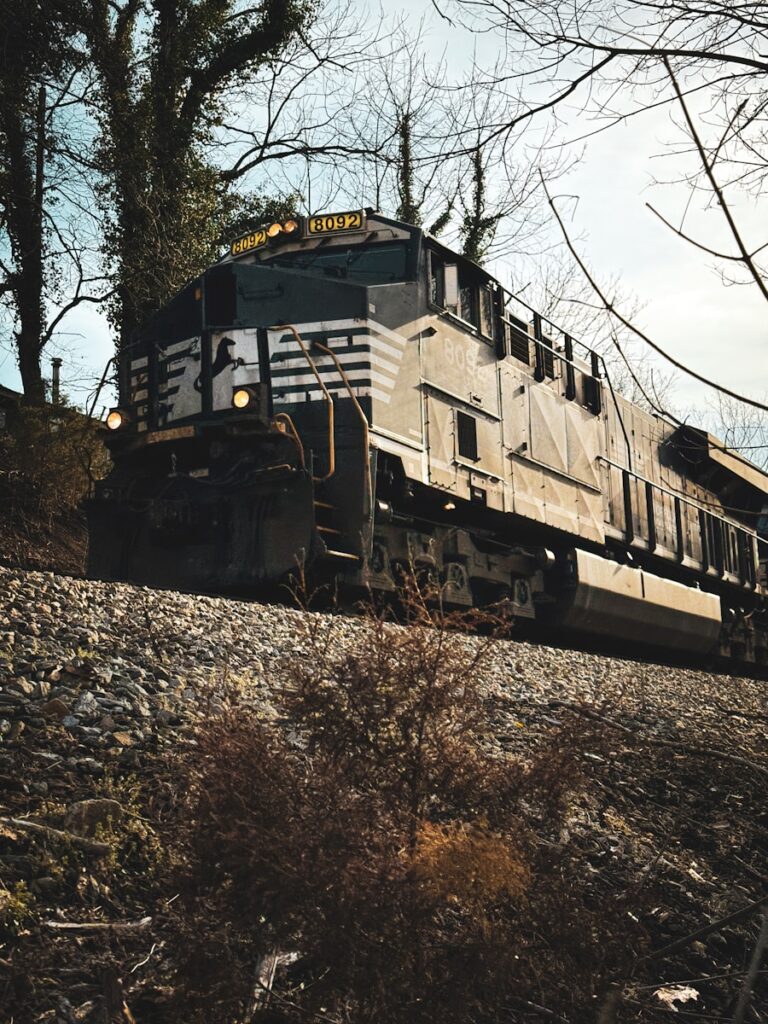
The deployment of armored trains such as the Yenisei and the construction of newly protected rail lines in Crimea underscore Russia’s continued reliance on rail networks for military logistics. These historical tactics reemerge in modern conflict, revealing a strategic approach that, while capable of transporting significant volumes of materiel, remains fundamentally vulnerable to the asymmetric capabilities now widely employed by Ukrainian forces. The ongoing contest between Russia’s efforts to maintain and safeguard its rail supply lines and Ukraine’s persistent campaign to disrupt them is a decisive factor shaping the logistical landscape of the conflict.
The repeated targeting of trains, depots, and rail infrastructure throughout occupied territories and within Russia itself demonstrates that fixed logistics, regardless of heavy defenses, present enduring vulnerabilities in an environment where airborne sensors and precision strike capabilities are increasingly prevalent. The resurgence of armored trains, coupled with new rail construction and defensive measures such as protective netting, illustrates a military adapting legacy strategies to the requirements of contemporary warfare, while confronting the challenges posed by technology capable of penetrating deep behind the front lines.
The battlefield environment continues to evolve, with echoes of past conflicts occasionally manifesting in unexpected ways. Russia’s commitment to rail logistics, as exemplified by the Yenisei and ongoing infrastructure projects, reflects a strategic choice influenced by geography and resource considerations. Nevertheless, the effectiveness of Ukrainian strikes against these targets, utilizing modern tools such as drone swarms and precision munitions, highlights that even heavily fortified “rolling fortresses” and protected lines operate within a new reality of exposure.
Whether these robust, fixed systems can effectively withstand the evolving threats posed by agile and technologically advanced countermeasures remains a crucial question in this phase of the conflict. The interaction between traditional steel-based assets and modern warfare technologies continues to define the logistical challenges and opportunities faced by both sides.




